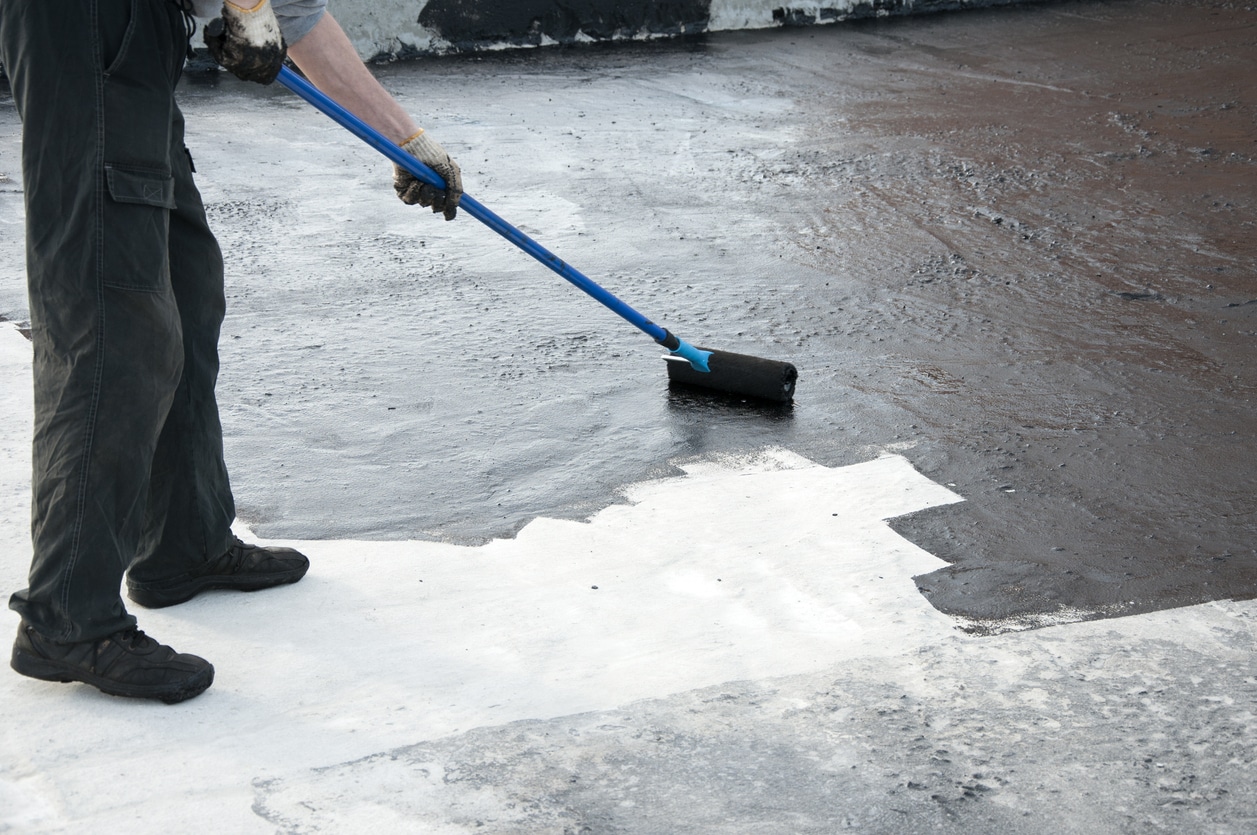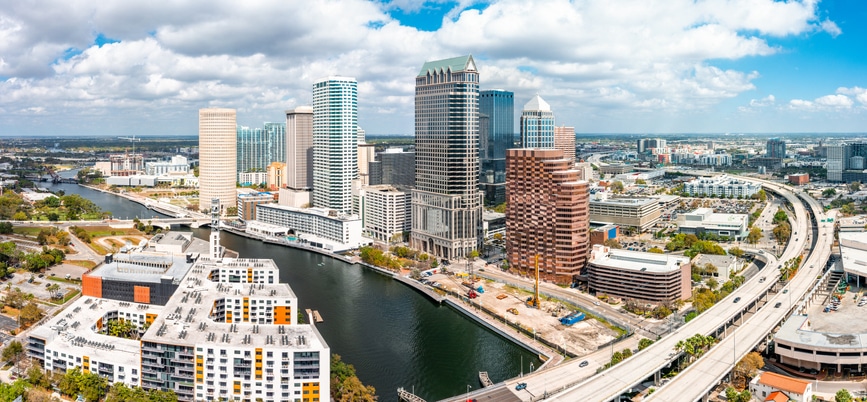What is the cost of Roof Replacement

Different factors determine the cost of a new roof, chief among which are the type of roofing material and the labor costs. Whatever your reason for getting a new roof, this article will give you a solid idea of how much you should budget for this.
The general cost of getting a new roof
A good roof can last for several decades if well-installed. Getting a new roof also increases the value of your building and makes it more profitable in the event of a sale. It is an excellent investment you should commit to. The general average cost of installing a new roof is about $8,000. The cost for most people is commonly between $5,000 and $10,000 however.
There are multiple reasons the cost of a new roof is in this range, aside from its size and material, and here’s a look at a few of those key factors.
Roofing Material
Your choice of material plays a vital role in calculating the total cost of getting a new roof. If you are working on a tight budget, you could opt for a less expensive roofing material like asphalt shingles or wood. For a more premium option, metal roofs, slate, and solar shingles offer improved resilience and durability.
On average, the cost of roofing materials per square ranges from as low as $120 for asphalt shingles to over $2,000 for some metal and copper roof types (a square is 100 sq.ft.) Hence, for a building of 2500 – 3000 sq. ft. size, roofing materials will cost over $3,000 for the inexpensive ones and as high as $50,000 for expensive ones.
Cost of Labor:
In installing a new roof, the next item which makes up the bulk of the cost is the labor cost. Averagely, roofing labor costs between $1.50 and $3.50 per sq.ft., regardless of the location or the roofing contractor. The cost of labor may vary depending on the complexity of installing the new roof.
Some roofs, such as slate and clay, require professionals to avoid cracking the materials while placing them in. These types are more expensive than the average roof. Besides the complexity, the cost of pulling down old materials can also increase the cost of labor, especially in houses and buildings which have been patched and maintained multiple times.
Patching roofs can also mean damage to roof supports that may need repair. This makes getting a new roof more expensive, as a good contractor will insist on their replacement for safety reasons. Finally, there are months when roofing is ideal in different locations. Installing a new roof outside of those times will be more expensive because of adverse weather.
Roof size:
The size of the roof influences heavily the cost of getting a new roof, and this follows logically. Since the cost of materials and the cost of labor is calculated based on the size, a smaller area of roof will cost less. If you are getting a new roof for a building with over 4,000 sq. ft., you should be mindful of the type of material you decide to use, since the area is quite larger than the average. For a roof of average size (2500 – 3000 sq.ft.), the prices above should surmise what you expect to pay.
Pitch and Shape of the Roof:
The pitch and shape of the roof factor into the complexity and level of expertise required for getting a new roof. If the pitch of your roof has a gentle slope, then it is much less intricate and requires less effort and expertise in its installation as against a steeper one. Most roofs have pitches from 3/12 to 9/12 and are the most convenient to install.
Outside of that, the roof may need good professionals. This is also closely associated with the shape of the roof. A simple roof such as a gable or hip roof installation is straightforward, and the shingles can be installed much more easily than a more intricate combination roof.
Location:
Your location can play a role in determining the features needed to include in your new roof. If you are in places with extreme rainfall or snowfall, your new roof will require efficient waterproofing. In areas with strong winds, you need resilient roof materials such as shakes over shingles or metallic roofs, and they typically cost more.
Depending on the cost of living in your location, the cost of roofing may also be higher than in other locations. If you are in remote locations with fewer roofing contractors, the cost of transportation and logistics could also play a role in your cost and choice of roofing option.
Additional factors:
Some other factors which could feature in the cost of getting a new roof are the cost of other materials to be used in the roofing process, such as nails, underlay, starter shingles, and ice barriers. If you require these, your roofing cost may be higher than that of others.
Conclusion
If you are looking to install a new roof, try to plan for it. A new roof is a substantial investment that will serve you well for years to come. There are many factors that will determine the cost of a new roof installation, educate yourself on the process and save time, money, and headaches in the future.




